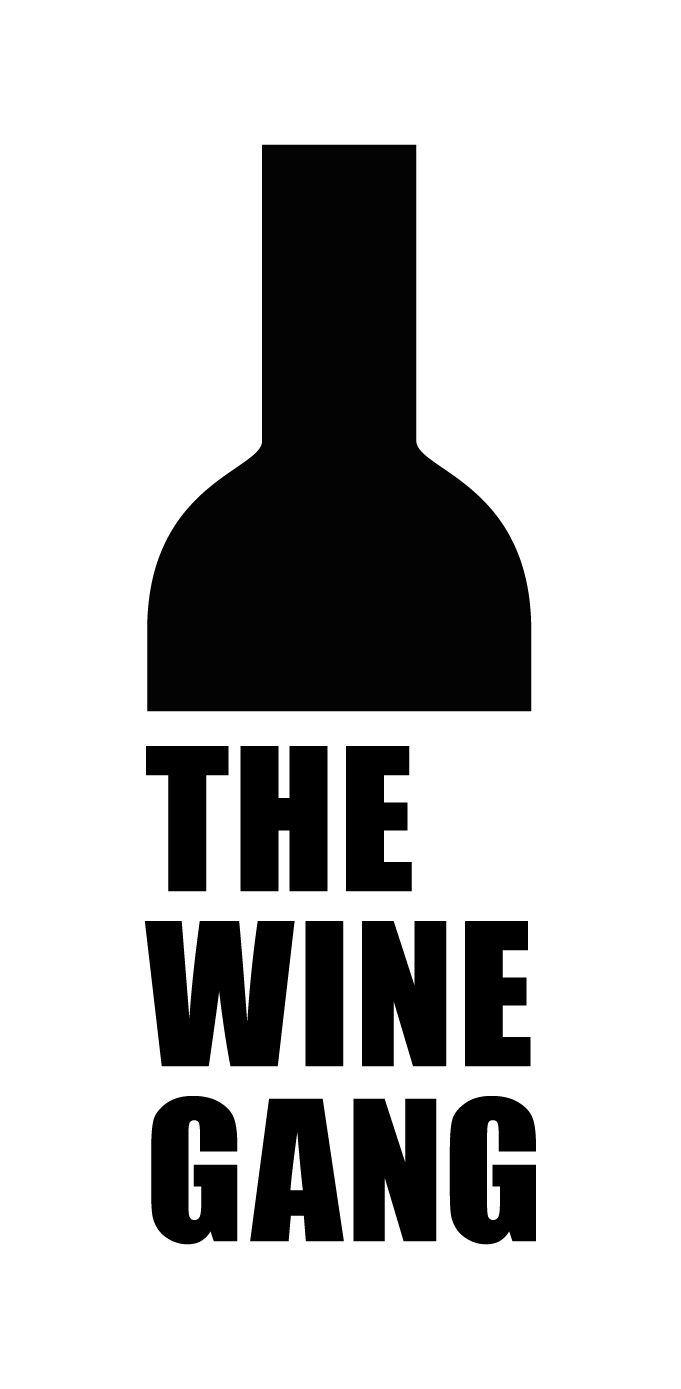Château Quintus at The Clove Club - A meeting of crafted flavours
Bordeaux currently finds itself facing multiple and complex challenges, both from a commercial and viticultural perspective. Regardless of its undisputed prestige and of the weight its soft brand carries, there’s been a shift of perception and focus, namely amongst the drinkers that developed their tastes in the post “must-have-my-claret” age. In fact, by becoming a staple product, Bordeaux created its own quality perception dilemma: fine wine or easily accessible white branded bottle? On the one had you can now find your Bordeaux bottle for £6 at Tesco or Sainsbury’s; at the same time the region’s wine commands some of the highest prices in the thriving fine wine market, in which bottles are traded but rarely drunk.
Perhaps more dramatic than these concerns are the challenges imposed by climate change and weather hazards: as in other European regions, grapes in Bordeaux have seen a significant increase in alcohol potential with irregular phenolic ripeness whilst yields have also become ever more variable and unpredictable.
It was therefore with added interest, wanting to explore fine Bordeaux wine that is meant to be drunk for years to come, that The Wine Gang’s Ines Salpico attended a very special tasting and lunch at The Clove Club, hosted by Jean-Philippe Delmas, Deputy Managing Director of Domaine Clarence Dillon, and François Capdemourlin, Estate Manager of Château Quintus, to announce the upcoming release of the 2017 vintage from the St-Émilion estate.
Clarence Dillon (wine group that owns, amongst others, the iconic Chateau Haut-Brion), acquired the estate that it would then rename as Château Quintus in June 2011. The estate management, however, remained in the hands of the same family that has taken care of the land for four generations. François Capdemourlin was hence in a privileged position to guide us through the vertical tasting of Quintus 2011-16 (2013 was not produced for yield and quality reasons) with the deep and passionate knowledge of someone who is part of the estate’s lineage and evolution. He confirmed that balancing alcohol levels and phenolic ripeness is an increasing challenge, as is predicting fruit development and seasonal rhythms.
This would explain why 2011, albeit a warm vintage, could produce wines at 13.5% ABV with elegant concentration (a steady development allowed for harvest to be done at less potential alcohol with good aromatic maturity), while ensuing years all sit between 14 and 15% ABV. Vintages 2015 and 2016, both at 15% ABV, will certainly benefit from extended bottle ageing to integrate the alcohol and some volatile components. But 2016 shows high herbal and floral notes that might result in more finesse down the line. Quintus 2012 stood out by wedding the intensity of dark fruit with the freshness of bergamot, with a long tail of Earl Grey smokiness.
Along with the banner-holding Château Quintus, we also tasted the same vintages of Le Dragon de Quintus, the estate’s second wine. Le Dragon 2011, with almost equal percentages of Merlot and Cabernet Franc, was one the stars of the line up, with elegance, soft tannins - mature but not tired at all - and enough aromatic complexity to show varietal character for both of the cépages in the blend.
The meal that followed the tasting was a feast of finely crafted flavours and textures, both on the plate and in the glass. The Clove Club’s Head Chef Isaac McHale (pictured left) and Head Sommelier Olivier Christie developed a special menu to accompany a selection of the wines, and the pairings indeed allowed for different aspects of the selected vintages to come through.
The first course, Raw Orkney Scallops, Hazelnut, Clementine & Périgord Truffle, was served with Clarendelle Blanc 2016 - a gently poised blend of Sauvignon Blanc, Semillon and Muscadelle that Clarence Dillon produces from bought-in fruit - complementing the delicate soft textures of the dish.
Next in line were Morels stuffed with Wood Pigeon Sausage, Snails & Wild Garlic, served alongside Le Dragon Quintus 2011. Enjoyed with food the wine showed more depth, intensity and lingering tertiary flavours.
Paired with Welsh Speckle Face Lamb, Chickpea, Bagna Cauda & Swiss Chard, the third pour - Château Quintus 2012 - confirmed all its freshness and vigour, cutting through the dish’s intensity with that dark citrus edge that was already apparent during the tasting.
Raw Orkney Scallops, Hazelnut, Clementine & Périgord Truffle
Moorels stuffed with Wood Pigeon Sausage, Snails & Wild Garlic
A British Farmhouse Cheese plate followed, alongside Quintus 2015 whose intense black fruit was a perfect match in flavour. Alcohol and tannins, on the other hand, somehow interfered with the full enjoyment of the cheeses’ texture. (Let it be said that I am in general against that long-standing misconception that cheese is best enjoyed with strong red wine. Whites are often a much better match.)
The meal closed with a dessert of Loquat Sorbet, Loquat Kernel Cream and Puffed Amaranth, accompanied by Clarendelle Amberwine 2015, a late-harvest blend of Sauvignon Blanc, Sémillon and Muscadelle lightly touched by botrytis.
The whole meal was a testimony to how wine must, in order to be understood in all its potential, complexity and beauty, be drunk as much as tasted, enjoyed as much as analysed. It must also be put in the context of both its provenance and the meals it is meant to accompany. Bordeaux’s sophistication still has a place to be – truly – valued outside auction and clearing houses. In a time when, in face of increasing economic pressure, consolidation seems like an inevitability, it becomes ever more relevant that groups such as Clarence Dillon stay committed to exploring the true potential of the land and people they bring under their umbrella. May Château Quintus remain faithful to that.
— posted by Ines Salpico






